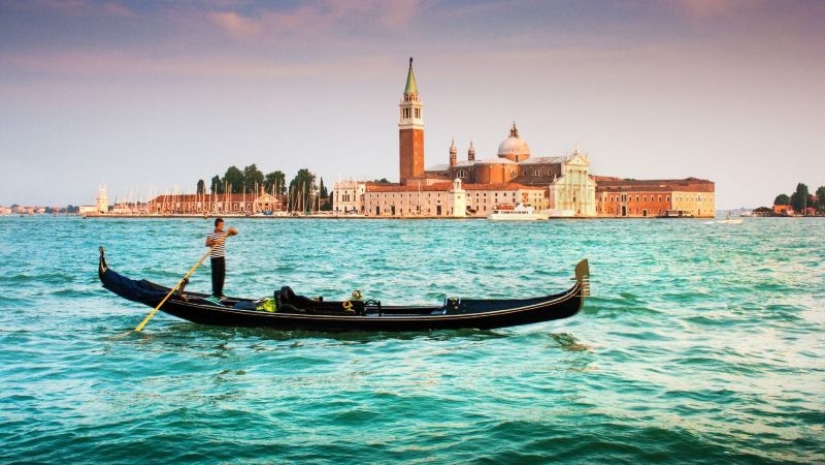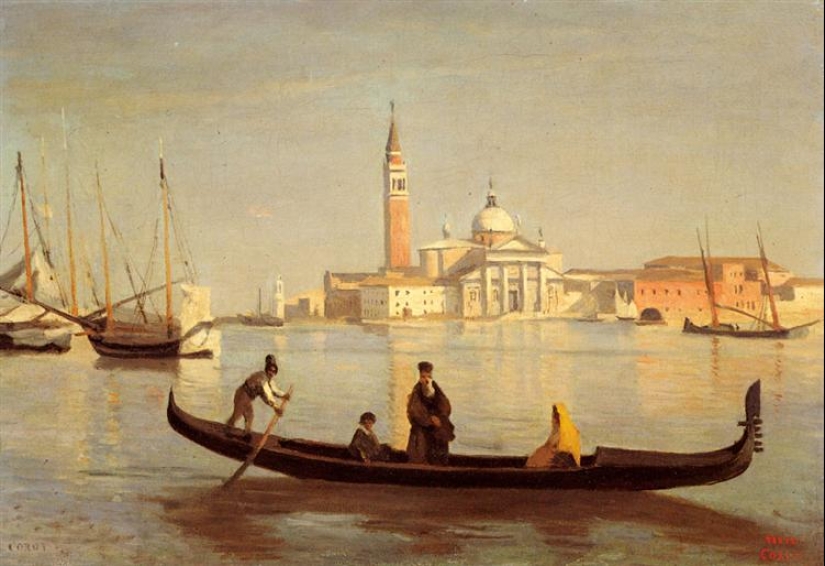How Venetian Gondolas Are Made and How to Become a Gondolier
One of the symbols of beautiful Venice is the gondola. These elegant black boats are the first thing that comes to mind when talking about the legendary city on the water. It seems that there is nothing special in building a small rowing vessel with a flat bottom. But in fact, making gondolas is a complex and painstaking work with many ancient tricks.

The secrets of gondola construction have been passed down from generation to generation for centuries. Today, when modern technologies have come to the city of canals, making such a boat is not a problem at all. But the whole charm of a real Venetian gondola is that it is created using an ancient method. And in Venice there is now only one workshop left, Tramontin, which adheres to tradition.

The Tramontin workshop is not just a place where gondolas are made, but also an important part of the cultural heritage of Venice. It attracts tourists from all over the world who want to see the process of making the famous Venetian boats. In modern conditions, the workshop continues to operate, remaining a symbol of the preservation of Venetian traditions and crafts.
The famous gondola yard was founded in 1884 by Domenica Tramontin. He was born in 1856 and began his career as an apprentice in another famous workshop. Domenica was a talented craftsman and eventually opened his own workshop in the Dorsoduro area. The craftsman's skills were passed on to the next generations. Domenica's sons and grandsons continued his work, improving the technique and preserving the traditions.

The owner of the business is now Renata Tramontin, representing the fifth generation of the family. The enterprise, managed by an elderly woman, strictly adheres to ancient methods. The workshop has become a symbol of perseverance and the preservation of the historical heritage of Venice.
Renata Tramontin remembers the times when her shipyard had competitors. They went bankrupt quickly - new generations of Venetians were not interested in doing hard and precise work. And the production of Venetian gondolas is a very labor-intensive process that requires serious resources.
The gondola is 11 metres long, 1.42 metres wide and weighs approximately 400 kg. The boat consists of 280 parts and eight types of wood are used in its construction: oak, mahogany, linden, walnut, spruce, cherry, elm and larch. The hull alone takes up to three months to make, and waterproofing and finishing take another year.
Gondolas are not just a means of transport along the canals, but also a symbol of Venetian culture and history. They are all painted black in accordance with a decree issued in the 16th century by the Venetian Republic. It was adopted to avoid competition among the nobility, who had previously decorated their boats in an elaborate manner. Black paint symbolizes simplicity and modesty, and also protects the wood from the sun and moisture.
Gondolas are covered with fine hand carving to give them individuality and aesthetic appeal. The decoration of a vessel is an important process, because its quality is used to judge the owner's status. Once upon a time, thanks to the skillful work of carvers, gondoliers received the best orders and, accordingly, a good income. Many gondolas have their own names.
The traditional Venetian gondola has many secrets, some of which are known only to the masters. But some of them are not a family secret. Few people notice that the boat is asymmetrical in design - one side is 24 cm higher than the other. This helps the gondolier to balance and keep the boat upright, using only one oar.
Like everything in this world, gondolas have changed over time. In the 16th century, almost all boats had small cabins - felze. They protected passengers from bad weather and prying eyes. Often felze became places for love dates and meetings of conspirators. According to centuries-old tradition, the gondolier kept the secret of what was happening on board. Over time, cabins with gondolas disappeared, and now they are more exotic than the norm. Perhaps this is the only change in many hundreds of years.
In the 17th century, about 10 thousand people were engaged in passenger and cargo transportation on gondolas in Venice. It is difficult to imagine, but for comparison, it can be said that today only a few hundred gondolas move along the canals of the capital of the seas. They are no longer used for cargo transportation. Today, this is a purely tourist type of transport.
But even the most skillfully crafted gondola is nothing without a skilled gondolier. These people, wielding just one oar, masterfully control the unstable 11-meter vessel, squeezing it into narrow canals and gaps between the sides of other boats and launches. But the gondolier is not just a high-class boatman, but also a bearer of Venetian traditions.
In the past, the profession of a gondolier was passed down exclusively through hereditary families involved in the craft. Today, the rules have become more flexible, but the traditions are still strong, and many gondoliers come from families associated with the profession.
Those wishing to become gondoliers must undergo special training in one of the licensed gondolier schools. The training takes six months. During this time, students learn to use an oar, study the structure and features of gondolas, and also master many other tricks. They are made into real tour guides of the pearl of the Adriatic, who can tell the story of each canal, mansion and palace.
But not everyone is worthy of managing the symbol of Venice. Future gondoliers must speak several languages, because they have to work with tourists from different parts of the world. And when entering the school, the vocal skills of applicants are checked - what kind of gondolier would he be without a traditional romantic song?
At the end of their training, all gondoliers undergo rigorous examinations in various disciplines and are required to obtain a license. In Venice, there are a limited number of licenses to work as a gondolier, often they are transferred from one gondolier to another, usually within the family or through purchase. It is not surprising that this profession is chosen by vocation and, most often, is dedicated to it for the rest of one's life.
The gondola is the symbol of Venice. But there are other unique boats that represent specific places on the world map.
